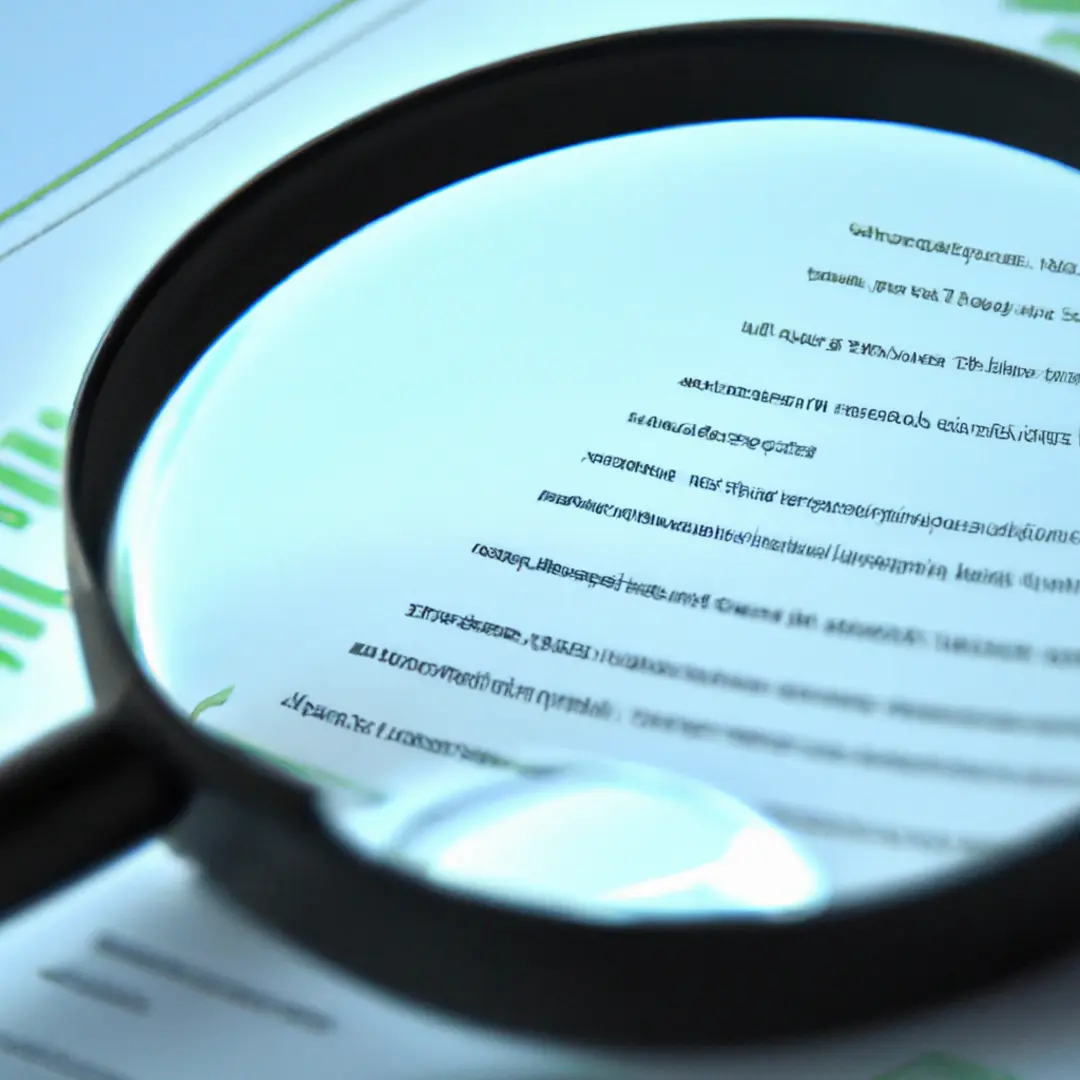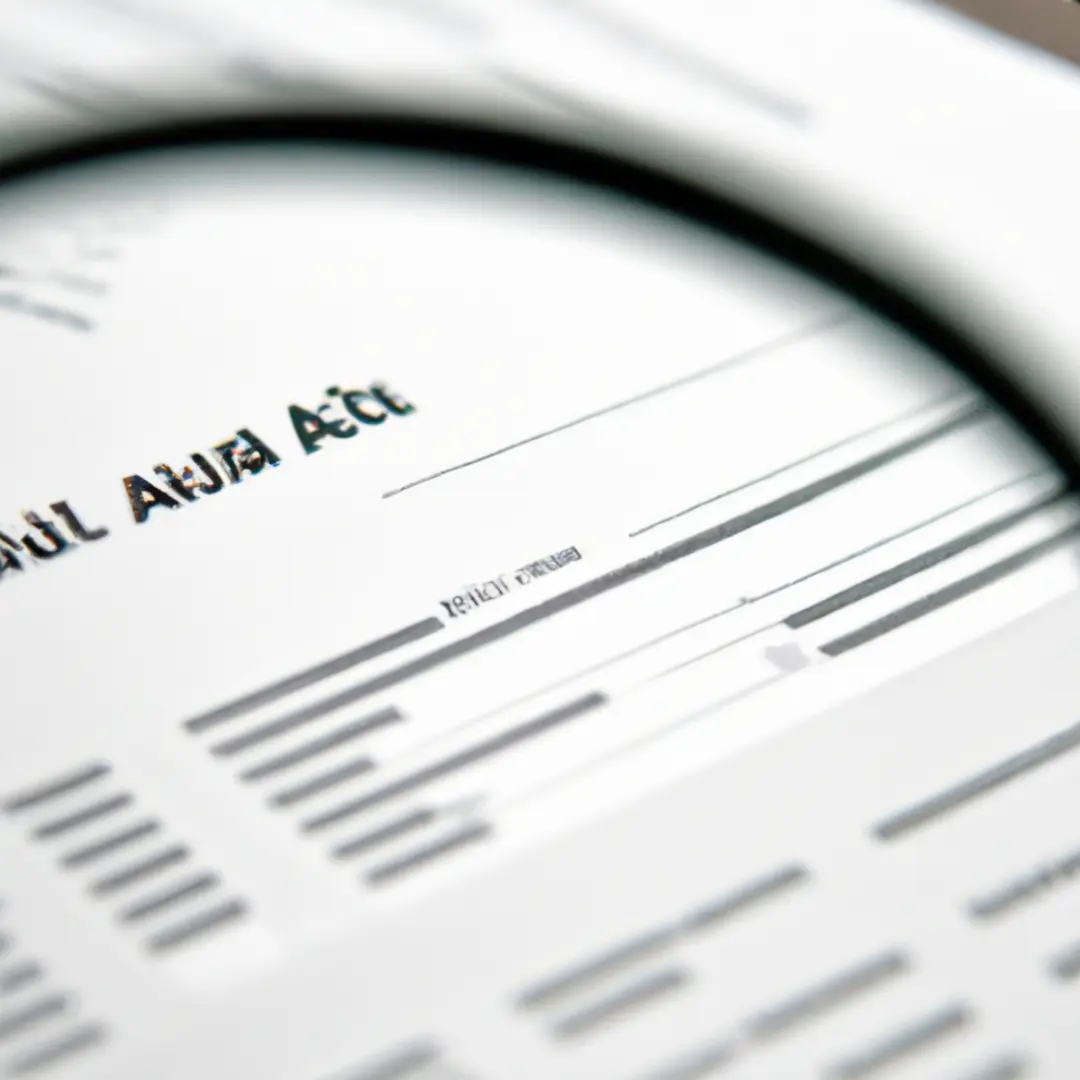Table of contents
- Decoding Audit Trails in Finance
- The Changing Scene of Audit Trails in Finance
- Regulatory Framework Around Audit Trails
- Building an Effective Audit Trail System
- Best Practices for Audit Trails
- Audit Trails & Financial Transparency
- The Exciting Future of Financial Audit Trails
- Conclusion
Decoding Audit Trails in Finance

What Are Audit Trails and Their Importance?
Audit Trails are chronological and comprehensive records of an organization’s financial transactions and activities. They mark who initiated the action, when it took place, and what the action was.
They hold substantial value in maintaining the openness and accountability of financial operations. With the help of audit trails, businesses can keep up with regulatory obligations, spot potential fraudulent activities, and catch errors.
The Essence of a Sound Audit Trail
A sound audit trail consists of several core components:
- Timestamps: Providing date and time of transactions.
- User Identification: Marking the individual carrying out the action.
- Action Description: Detailing the action carried out.
- Data Changes: Recording changes made to financial data.
- System Details: Information about the used system or platform.
The Role of Audit Trails in Managing Risks
Audit trails plays a vital role in managing risk in the world of finance. They help in identifying potential risks by record keeping, allowing risk-mitigating strategies to work effectively.
The Changing Scene of Audit Trails in Finance

Audit Trails: A Transformative Journey
From being documented manually on paper, audit trails have significantly evolved with technology. Nowadays, businesses utilize advanced software to automate and streamline the recording and tracking of financial transactions.
How Technology Is Shaping Audit Trails
Technology is a game-changer for audit trail development. Financial institutions now use advanced software, databases, and analytics to gather, store, and evaluate mammoth volumes of data, leading to faster and more precise anomaly detection.
Regulatory Influence on Audit Trails
Legislative bodies like the Sarbanes-Oxley Act (SOX) have enforced stricter regulations on audit trails. Consequently, businesses are now required to adopt more advanced audit trail systems to remain compliant.
Regulatory Framework Around Audit Trails

Key Financial Regulations Impacting Audit Trails
Several regulations govern audit trails. These include:
- FINRA: Regulates standards for broker-dealers and advisors.
- IFRS: Establishes global standards for financial reporting.
- GAAP: Defines accounting principles for US-based businesses.
Impact of the Sarbanes-Oxley Act on Audit Trails
The Sarbanes-Oxley Act was passed to improve corporate transparency and accountability, introducing stricter regulations. Section 404 emphasizes the importance of having effective audit trails.
Global Regulatory Bodies & Their Standards
Several global regulatory bodies, including FSB and BCBS, have laid down guidelines to maintain the integrity of financial systems, underlining the importance of audit trails.
Building an Effective Audit Trail System

Structuring the Audit Trail
Thorough planning is crucial in designing an audit trail system. Key financial activities and data points should be identified for monitoring. Clear guidelines are necessary to maintain consistency and completeness of data.
Deciding on the Right Technology
The selection of the right software plays a vital role in audit trail system integration. The chosen software should align with the organization’s needs and possess features like data encryption and robust reporting capabilities.
Maintaining Data Quality & Integrity
Regular audits and validation processes ensure data quality and integrity. Strong data integrity and governance practices are key to maintaining secure audit trail information.
Best Practices for Audit Trails

Frequent Reviews and Reconciliation
Periodic reviews and reconciliations are crucial for validating audit trail data and identifying any discrepancies promptly.
Data Security for Audit Trails
Data protection is critical for audit trails. Encryption, access controls, secure storage mechanisms, regular backups, and recovery plans help protect sensitive information.
Training Staff on Audit Procedures
Training staff on audit trail procedures and responsibilities is crucial. Regular refresher courses keep employees up to date with changes in regulations or procedures.
Audit Trails & Financial Transparency

Audit Trails & Financial Reporting Accuracy
Audit trails enhance financial reporting accuracy significantly, facilitating the identification and correction of errors.
Audit Trails – A Vital Tool for Auditing
Audit trails are invaluable for internal and external audits as they help auditors evaluate the effectiveness of internal controls.
Building Trust with Audit Trails
Transparent financial practices build trust and confidence among stakeholders. Robust audit trails showcase an organization’s commitment to financial integrity.
The Utility of Audit Trails in Finance Accountability

Detection & Prevention of Fraud
Audit trails are instrumental in identifying and preventing fraud. They help spot suspicious transactions and enable timely interventions.
Establishing Accountability
Audit trails allow organizations to hold individuals and departments accountable for their actions, fostering a culture of accountability and transparency.
The Exciting Future of Financial Audit Trails

Upcoming Trends in Audit Trail Technology
Advanced technologies like AI and machine learning are expected to revolutionize audit trail systems, enabling real-time monitoring and predictive analytics capabilities.
The Part AI Plays in Elevating Audit Trails
AI can greatly improve audit trails by automating auditing processes, analyzing large data volumes and identifying unusual patterns for further investigation.
The Path Ahead: Challenges & Opportunities in Audit Compliance
As audit trail technology evolves, so do the associated challenges and opportunities. Adapting to regulatory changes and managing evolving risks, like cyber threats, are key challenges. Embracing innovative technologies, however, presents opportunities for improved accuracy and efficiency.
Conclusion

Summing Up the Value of Audit Trails
Audit trails are critical for ensuring transparency, facilitating accountability, and mitigating risks within organizations. Adherence to best practices and continuous improvement, fueled by technology and regulatory adherence, can ensure the effectiveness of audit trail systems in the ever-evolving financial landscape.




